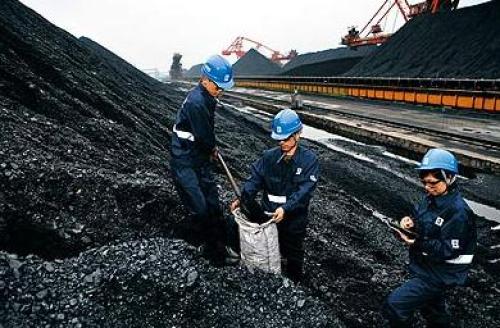How long can the coal industry develop?

The coal industry in China is facing a tough time, with multiple challenges making it hard for the sector to rebound. According to Zou Qingsheng, deputy general manager of Beijing Zhongrui Huifeng, coal prices—especially thermal coal and coke—continue to decline, pushing the entire industry into a downturn that’s unlikely to improve significantly this year. This ongoing weakness isn’t just due to internal issues like overcapacity and oversupply, but also external pressures. The government has introduced new policies that have added more strain on coal companies. For instance, on February 15, the National Development and Reform Commission raised railway freight rates for coal transportation. The base price for raw coal increased by 12.3%, while clean coal saw a similar rise. These hikes are expected to further increase logistics costs, putting even more pressure on coal producers. Moreover, environmental regulations are playing a significant role in reducing coal demand. The State Council’s “Air Pollution Prevention Action Plan†aims to cut coal consumption in key regions like Beijing, Tianjin, Shandong, and Hebei. By the end of 2017, these areas were projected to reduce coal use by a total of 83 million tons. This shift is another blow to an already struggling industry. Zou Qingsheng notes that despite these challenges, coal production capacity continues to grow. A report from Beijing Gao Hua Securities revealed that by 2012, China had 1.1 billion tons of coal production under construction. In 2013 alone, fixed asset investment in the coal sector reached 526.3 billion yuan. Even after accounting for closures and mine exhaustion, new capacity still increased significantly. With falling prices and rising costs, the traditional profit model of the coal industry is no longer sustainable. Many experts believe that the sector must evolve, shifting towards coal chemical industries or other innovative business models. Guotai Junan analyst Yu Qichen points out that the integration of modern technology and changing market demands could lead to new profit structures. The development of coal chemicals is seen as a key part of China’s energy strategy, with potential to drive annual coal demand of over 300 million tons. While some coal companies have started transitioning, Zou Qingsheng says the process is slow and hindered by the current economic climate. Analysts at China Merchants Securities also suggest that coal supply growth will eventually slow down, with consumption stabilizing at around 4% annually. However, Zou argues that without stronger policy support, the industry may not see meaningful improvement for years to come. In conclusion, the coal industry is at a crossroads. While it faces numerous obstacles, it may still find a way forward through innovation and transformation. But for now, the outlook remains uncertain, with the sector continuing to struggle under heavy pressure.
Foundation Anchor Bolts Carbon Steel,L Anchor Bolts,Plain Zinc Anchor Bolts,Foundation Anchor Bolt
HANDAN ZHONGBAO IMPORT AND EXPORT TRADING CO.,LTD , https://www.hdzbfastener.com